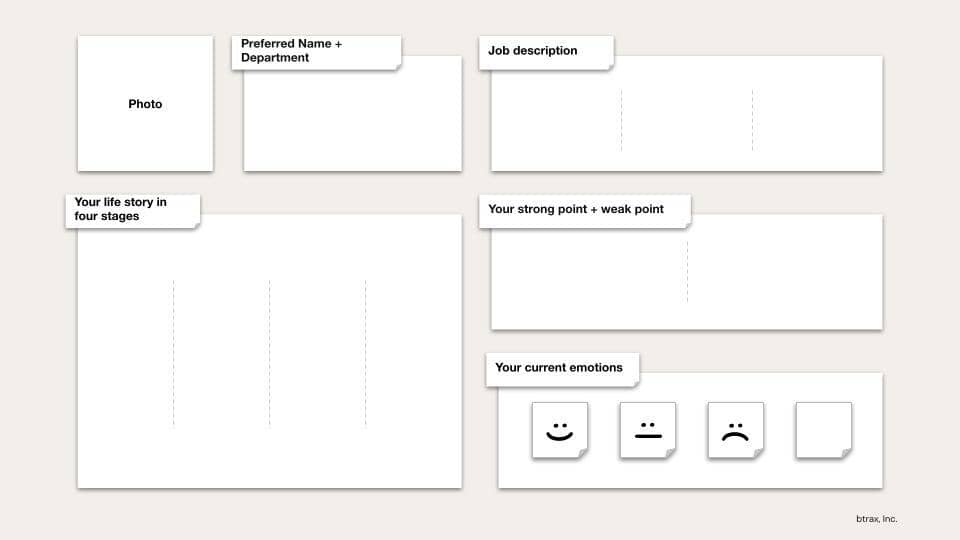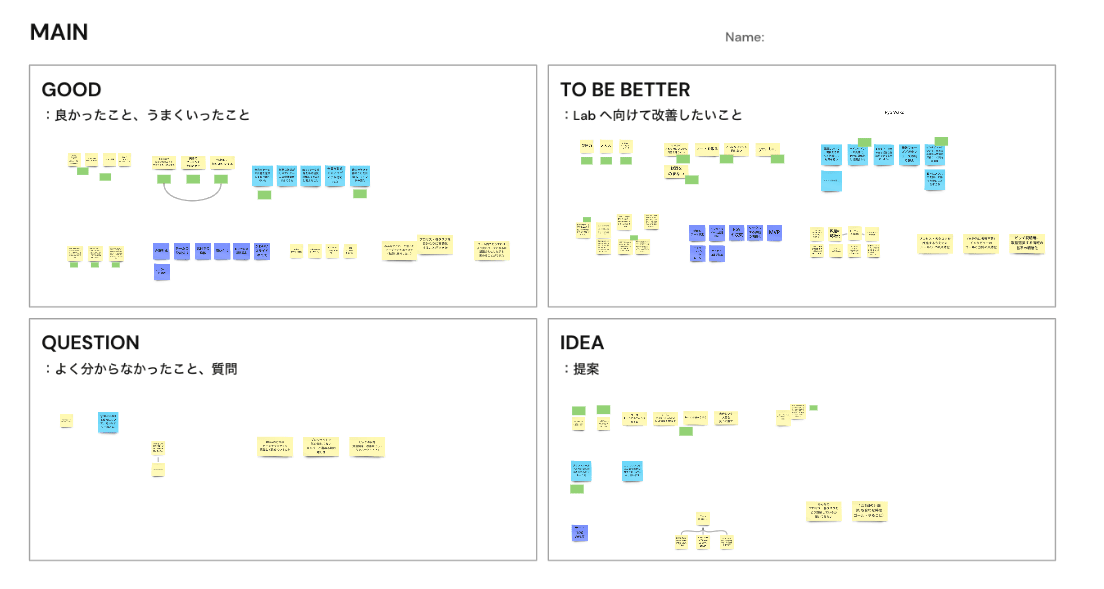
Btrax Design Company > Freshtrax > 4 tips for work...
4 tips for working as a dream team
Are you currently struggling with team communication or collaboration? Is your team cross-cultural, cross-functional, and/or remote?
At btrax like many other companies, we have been working remotely for the last year and a half as a cross-cultural, cross-functional team. I am proud to say that we have succeeded in creating a dream team to tackle all of our internal and client projects.
That being said, I would like to share tips that have worked for us as we focused on helping clients with globalization efforts, working together to be successful in terms of project results and collaborating with each other.
Here are 4 tips that we have followed to maximize team efforts and communication:
1. Clarify communication style and culture
Some cultures may require you to read between the lines, something that often is needed in Japan. You may have a manager or a client that says, “That newspaper article was inspiring” which may sound like just a genuine thought, but in Japan it will also include an unsaid request that you should look more into it as well.
So that one short sentence will also mean, “That newspaper article was inspiring. Tiffany, will you do the research and share any findings in the next meeting?”
Mind-blowing, right?
In the U.S. we would expect an explicit request to clearly be made. Being transparent and collaborative is natural in U.S. work culture.
Japanese work culture is more conclusion-focused rather than including discussions on the process or requiring regular updates. When we work with Japanese clients, they don’t necessarily see us as a 100% Japanese company and so we have found that they appreciate us being transparent and working together as partners.
btrax provides the values and examples of working as a cross-cultural team to our clients and we have learned that is something they are looking for in a global agency.
Team building workshop
One of the activities we like to do with our teams and clients is an onboarding team building workshop at the beginning of a project. We have both teams meet each other and state the problems, goals, and expectations of the project.
Document the workshop
After we all have met, discussing and documenting how we will be working together in terms of communication and meetings is crucial. This helps set ground rules on how to be proactive by making sure we are on the same page on when deliverables will be delivered and when it is the right time to give feedback.
These two important steps will help any cross-cultural team to clarify the project process.

Ice break flame work for project
Sharing what each team member values in terms of communication and work-style will help alleviate any tension that might arise during the project.
Here’s a relevant TEDx Talk by Ricardo Fernandez where he talks about cross-cultural communication outside of Japan/U.S. While btrax often focuses on Japan/U.S.clients, this video helps set a global understanding on how to work cross-culturally.
It is an inspirational talk that will help you understand differences between cultures. It should help you feel confident to tackle any type of global team, really!
2. Transparency is key
When working on international expansion initiatives, it’s obvious that you have to learn about the new market you are launching into – that way you can localize your products or services. This works the same way when working with a global team. It’s very important to understand different working cultures.
While it may be overwhelming and sometimes confusing, the great thing about understanding (or working to understand) different work cultures is that you can pick up good points from both and create a combined work culture between you and your team and/or a client.
We find that our Japanese clients are more results-oriented than process-oriented. That being said, something to absolutely avoid is NOT sharing the progress with your team members or clients.
While your stakeholder(s) may be results-oriented, if you don’t show your progress throughout a project, they may lose trust in you. They may start to think that your team doesn’t know what they are doing… Neither party wants to go through that and it’s best to make sure regular updates occur.
By being able to present your process and progress, you will draw a clear picture of what you’re working on and there won’t be any surprises in results being achieved or not achieved.
Struggling with how to make everything more transparent or where to start? No problem. Here’s one example of a mindset that may help with transparency, better communication, and clear tasks. Agile values the whole engagement between the stakeholders, product owners, and the product team, in other words, collaboration.
Client relationships could also be framed into Agile. There should be comfortable and open communication with your stakeholders, where there’s room for feedback, both good and bad, and growth. Close and transparent communication will put everyone on the same page at all times.
Another example on how btrax works to increase transparency is we have our internal project team join our client meetings early on, even during the scope of work discussion with clients.
We find that including team members early on in a project will allow effective communication and discussions that will lead the project to success and help to have a smooth kick-off. At btrax, we communicate with the project team when creating proposals for the clients.
That way, we have a proposal for each client with maximum value our btrax members believe we can provide. This also saves time for our account managers or product managers to explain the project to the project team. No one wants to change the scope of a project after it has been signed with the client.
3. Be comfortable with sharing the uncomfortable
When we say to be transparent and collaborative, this means sharing good and bad insights. We may sometimes feel nervous about sharing negative insights that we have found since we are an agency and some of our clients may merely see us as a vendor that they can cut ties with if we don’t share information they want to hear.
Anything and everything shared is beneficial but make sure that you are sharing these insights in a way that’s aligned with how each culture expects to receive information. In our work, we are helping clients expand internationally and it’s key to make sure our clients know the challenges when entering a new market.
Sometimes, the timing is just not right or the value proposition won’t work in a new market.
4. Ask questions
Some of the above points may be hard to follow, depending on your position. The most important point I would like to say is to ask questions.
Don’t be afraid to ask questions about your project expectations, goals, and decision making process. Challenge your stakeholders or clients if you’re unsure about their goals and decisions. Bring data to show where you’re coming from. It’s always better to state your concerns early, rather than point them out later when it may be too late.

Flame work for project retrospective
Regular retrospectives are a great way to take a step back and review your project progress and process. When the project is running, it may be difficult to realize any problems that you are facing but that’s why it can be good to take a step back and evaluate what’s been done.
At btrax, we conduct retrospectives in a timely manner so we can consistently and quickly make improvements to our processes. It’s important for btrax members to not only model good communication but also create a safe environment for those feeling nervous so they feel comfortable expressing their honest feelings.
Conclusion
We strive everyday to be closer to being a dream team, both internally and when working with clients. We’re able to follow and live by these tips from all the learnings from past experiences.
Thank you to all the clients who have worked with us and believed in us to help make them successful with their goals.
Written by Yu Tiffany Morimoto







